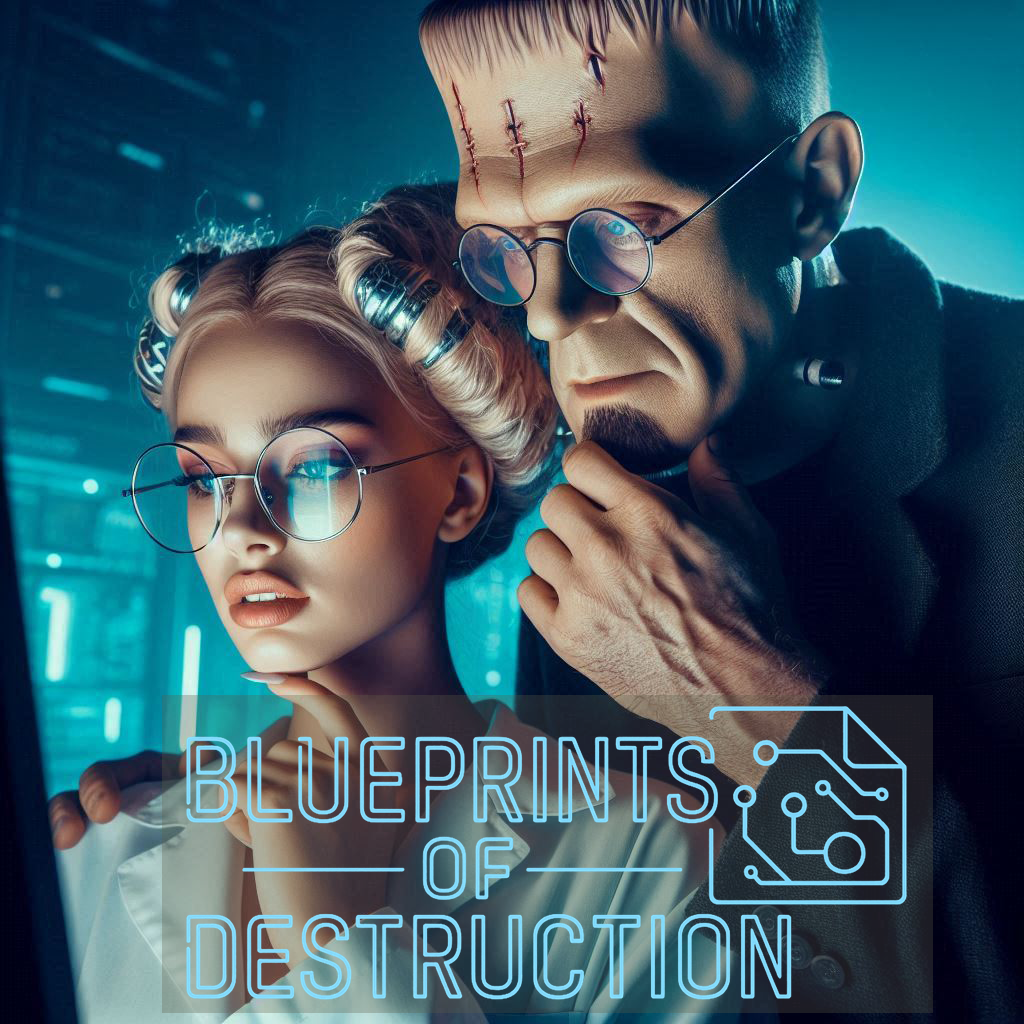What Does a Story Need
Every story needs a voice, a world that feels alive. A place where culture, belief, and behavior weave together to show not just who a character is, but gives insight as to how they got there. Social context offers unique opportunities to showcase a character in both their strengths and weaknesses. This can be achieved through Juxtaposition, mirroring, or through an outside influence like climate or resources.
What Does a Story Need with Culture
Culture doesn't just shape real society; it breathes life into fictional ones, giving them pulse and purpose. The shared rules and standards of behavior result in social expectations and act as invisible guidelines. These expectations shape how the society on a macro-scale thinks, speaks, and acts. Culture is a collective tapestry that is woven through family, community, education, or religion. It is an unspoken thread that shapes how people live. Once social context is established, culture begins to craft the unspoken rules that govern your world.
Imagine a Tijj, born deep in the mines of Qualx, relying on his own internal fires to get him to the next day. His worth depends on how many raw minerals he can produce. While laboring in the darkness, he is forced to rely on what his fellow miners teach him. They teach him how to serve the network through sweat equity and production, and that his Fate will never reach beyond the shadows in which he struggles.

Finding Belonging in Culture
Culture signals belonging by shaping everything from the everyday to what is sacred. Social norms establish order, which is maintained through laws, while a sense of meaning and community permeates the society. This cultural framework is how individuals form their own core beliefs and define how they perceive right from wrong.
Culture defines how we love and dream, even how we grieve. It is a way to make your characters feel real, not only because it is an intricately developed system, but because it helps your audience connect with the beings inside the page.

Thoroughly developed and concisely articulated social structures will help your audience feel your characters' emotions, whether that be their sorrows or their joys. Culture breathes through rhythm, ritual, and color. The pounding of the miners' tools and the racket of their speech. The rich red garments of the senators, the fabric of choices and corruption lashing at them like a cruel master. The silence that communicates more than mere words could.
To answer why your story needs a well-developed culture, we need to take a look at how you can begin shaping one of your own!
What Does a Story Need with Core Beliefs
Core beliefs give your characters a moral compass. The moral compass gives them a sense of belonging, but also runs the risk of limiting their perspective. If a character's community values loyalty and cooperation, they are more likely to find group success as a meaningful avenue to feel fulfilled, but they may struggle to see independence as anything but selfishness. Core beliefs offer a meaningful filter through which the character views the world. Characters' beliefs can lead to bias and overconfidence in their own way of thinking. Beliefs, tested through the fires of conflict and circumstance, manifest through behavior. Actions then mirror each character's internal world.

Behavior and Society
While culture provides structure for your characters and gives them a framework on how to behave, it can act as a double-edged sword. It may force them to push their emotions down, or overreact at an inappropriate moment. A character experiencing a clash with cultural expectations is a great way to highlight and delve deeper into a character's internal conflict.
This new internal conflict can be a way to get your story moving, acting as a spark that pushes your character to redefine, or discover, who they really are. The catalyst of a character acting on their own internal tension can also cause alienation when they don't feel like they belong anymore. When the social setting supports a character's ambitions, it becomes a source of pride. But when contended, it becomes a cage that stifles every whisper of greatness.
Setting's Influence
Setting, as it influences behavior, can be a powerful narrative tool. Cultural norms establish where your character is coming from, while the climate may highlight or contrast the character's choices. A gilled Fasanib working in the senate will perceive life very differently than a tentacled Tijj who works deep in the mines. Bureaucratic complacency contrasts sharply with the cruelty of the mines.
Using setting as a vehicle for both plot progression and character growth is a fantastic way to get your story moving. Through comprehensive social structures, the conflict within them can add almost immediate complexity.

The tension between cultural expectation and an individual's experience is an incredibly strong motivator in a story. A character who can adapt their culture's values into something greater becomes wiser, while a character that outright rejects them can spark rebellion or tragedy. Through culture, you can create either an outsider or a more enlightened version of your character.
Every story needs more than plot, conflict, and character arcs. It needs context. Culture, belief, and behavior don't just build a world, they add whispers of depth and poignancy into the subtext of your world. Through these systems, characters become a part of something greater as they become a product not just of their surroundings, but of the circumstances and decisions that crafted them into who they choose to become.
If worldbuilding through setting intrigues you, see how environment can impact your story!
